PROTECT YOUR DNA WITH QUANTUM TECHNOLOGY
Orgo-Life the new way to the future Advertising by AdpathwayHydrangea trees are varieties of panicle hydrangeas that growers prune into tree-like shapes. They remove the lower branches, allowing a single stem to mature into a large trunk. In this manner of care, hydrangea shrubs quickly morph into trees!
Though you may create a hydrangea tree yourself at home with specific pruning techniques, you can also find them available at nurseries and garden centers. Look for dwarf cultivars that say “dwarf” or “miniature” on their label. A true dwarf won’t grow more than three or four feet tall in maturity.
Dwarf hydrangea trees will form a small round ball of foliage atop a single trunk. It’s easy to manage the shape with light pruning in late winter or early spring, and continuous shaping will enhance the look of the blooms when they appear in late spring and summer.
Endless Summer
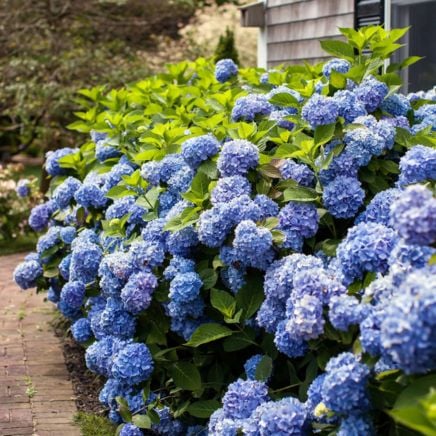
Endless Summer® Hydrangea
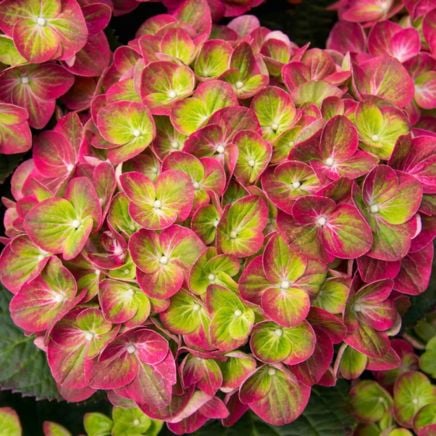
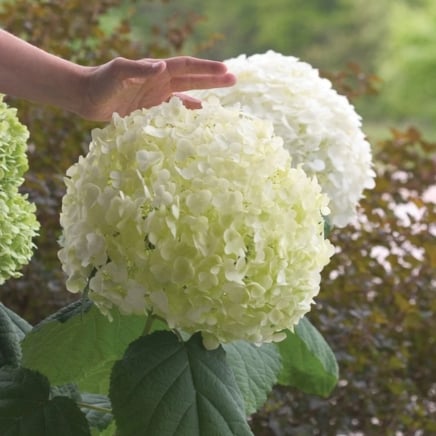
Bobo®
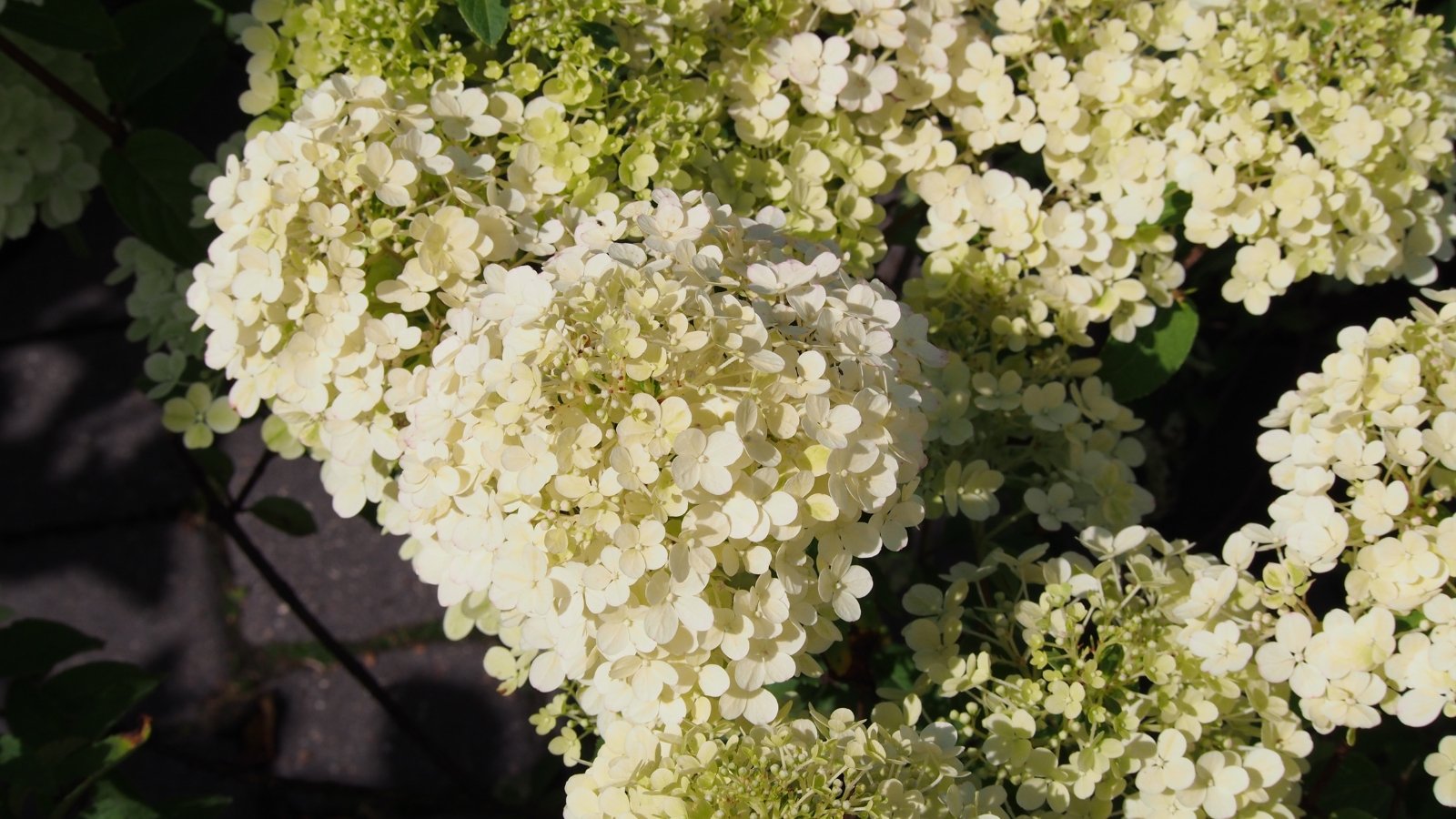 Tiny compact leaves frame gradually blushing summer blooms.
Tiny compact leaves frame gradually blushing summer blooms.Bobo®, or ‘ILVOBO,’ is one of the smallest dwarf hydrangea trees available! This variety stays under three feet tall, and it’ll remain dense and compact as it matures. Off the woody branches sprout long white panicles full of blooms.
As the blooms age, they turn a lovely red-pink hue that contrasts sharply with the green foliage. Leave them on the plant while they change colors, and they’ll provide ornamental interest throughout the seasons.
Because dwarf varieties like this one remain small, many growers graft them onto larger plants. If this is the case, the small ball of foliage will remain compact, but the height of the tree will vary depending on the grafted variety. Look to the label to determine if it’s grafted, or ask the nursery owner if they know.
‘Bombshell’
 Blooms brighten borders before slowly turning gentle brown.
Blooms brighten borders before slowly turning gentle brown.‘Bombshell’ explodes into bloom, hence the name. Its giant white panicles form on short branches that stay under three feet tall. As they age, they become a rosy pink color before turning brown in the winter.
Give ‘Bombshell’ well-drained soil and consistent moisture to help it thrive. It may need light pruning, though it’ll stay small without it. Make structural cuts to maintain the tree shape in late winter or early spring.
This dwarf hydrangea tree works well in borders, beds, or hedges. Use a single plant as a focal point in the home landscape, or plant many trees to line a walkway or border. Unlike other hydrangeas, panicle trees thrive with plenty of direct sunlight so long as their soil stays consistently moist.
Fire Light Tidbit®
 Lush mophead flowers fade gracefully into deep red.
Lush mophead flowers fade gracefully into deep red.Fire Light Tidbit® graces gardens with its lush, mophead-style blooms. They open green-white in spring, and they turn to fiery red-maroon as they age. Use the cut blooms in bouquets, or let them dry for dried arrangements.
Of all the dwarf hydrangea trees, this is one of the smallest hybrids. It’ll fare well in low borders and edges, or in containers on a patio.
If you’re growing hydrangea trees in containers, overwinter them with protection to ensure they survive frosty weather. Wrap burlap around the bottoms of the containers, and use frost cloth over the top to keep the branches safe from ice and snow.
‘Little Lamb’
 White flowers shift to pink-red through summer.
White flowers shift to pink-red through summer.‘Little Lamb’ is cute and easy to care for. It’s an exceptional cultivar for the home garden. It’s less of a dwarf and more of a medium-sized shrub, as it’ll extend up to six feet tall.
If you’d like a hydrangea tree that grows bigger with age, this is the cultivar for you. Its brilliant white blooms turn to pink-red over the summer and fall. Unlike other varieties, this tree’s blooms have tiny petals that look dainty and decorative as they dance in the wind.
‘Little Lamb’ may be difficult to find, as plant breeders are continuously aging out old varieties to make way for new ones. Consider a similar hydrangea, like Bobo®, if you can’t find ‘Little Lamb’ online or at plant nurseries.
Little Lime®
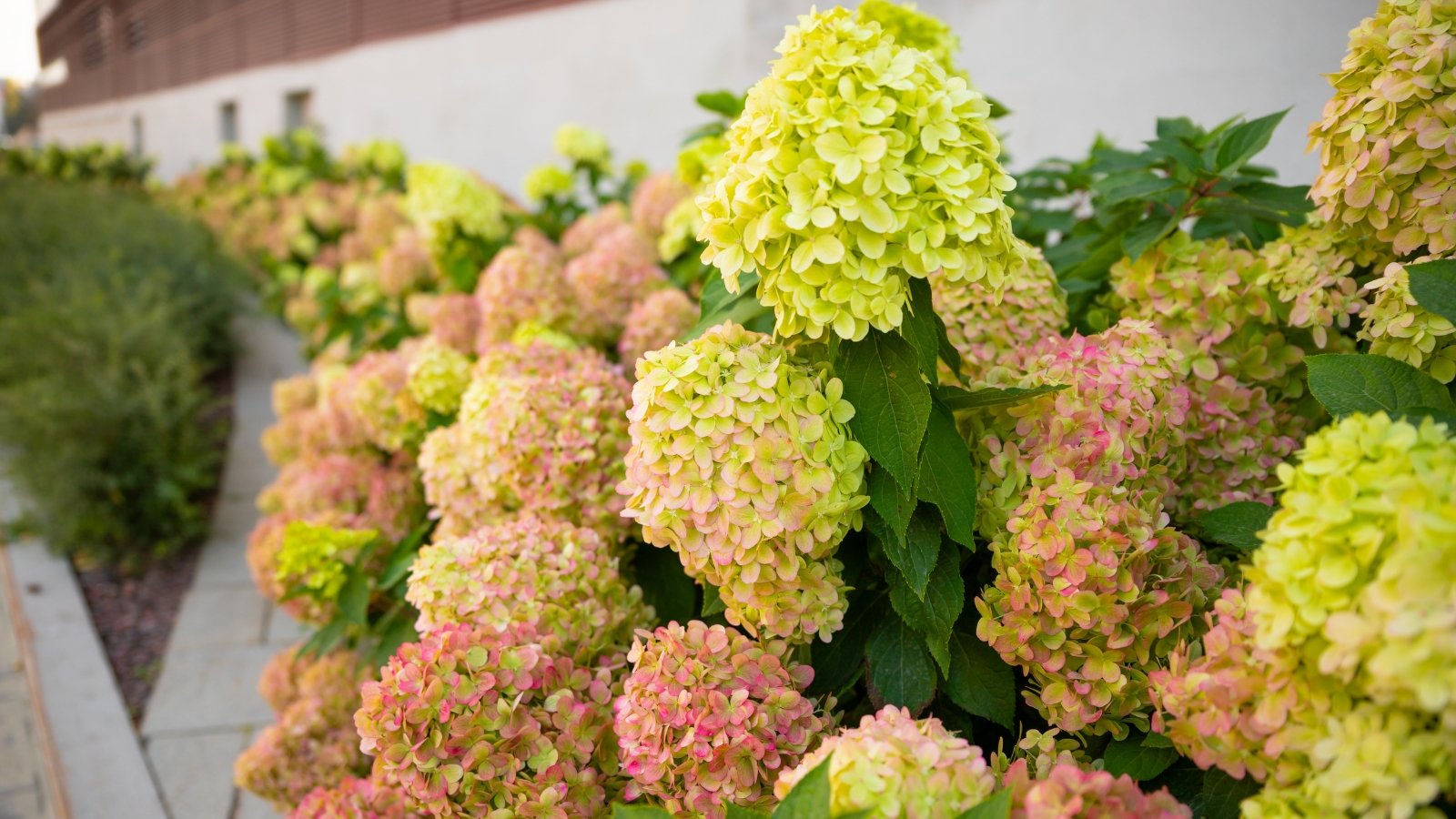 Dense branching supports blooms without drooping or fuss.
Dense branching supports blooms without drooping or fuss.Little Lime®, or ‘Jane,’ is one of the most popular of all dwarf hydrangea trees. Its flowers aren’t pure white; they’re green-white, and they age to pink-green over the course of the season. Though it has the word little in its name, don’t be fooled. It can reach five feet high as a mature specimen.
If you’d like this dwarf cultivar to stay shorter than five feet, trim it in late winter or early spring with pruners. Cut the stems back to a foot tall to encourage dense branching and lush blooms in late spring.
The branches shouldn’t droop, despite the flower panicles reaching five inches tall and four inches wide. They’ll stay upright without the need for regular pruning.
Little Lime Punch®
 Lime-green flowers blush into fiery pink and red.
Lime-green flowers blush into fiery pink and red.Little Lime Punch® is similar to the previous type, as it produces lime green flowers that evolve to pink-red. Unlike the previous cultivar, this variety’s flowers mature at different times, creating a spectacle of pinks, reds, whites, and greens!
For the ultimate display of color, grow Little Lime Punch® hydrangea trees. They also grow to five feet tall, and may be kept small with light pruning early in the growing season.
This type is perfect if you like making bouquets from your hydrangea’s blooms. A single bouquet will have multiple colors all at once for a fiery presentation on tabletops and dressers. Simply snip the blossoms and place them in a jar with water.
Little Quick Fire®
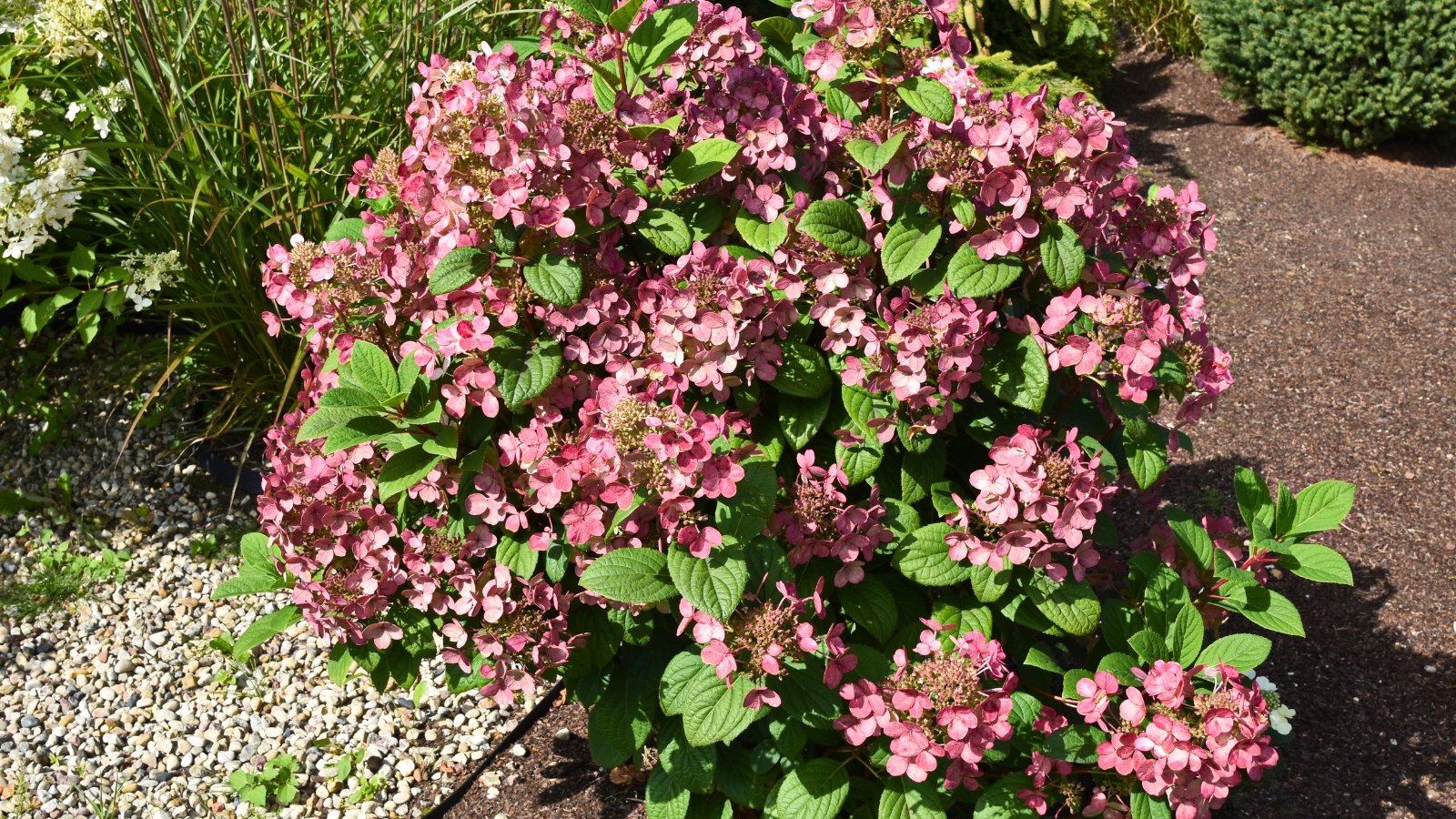 Blooms last from spring straight through early fall.
Blooms last from spring straight through early fall.Little Quick Fire® is the dwarf version of Quick Fire®. Both are patented varieties, meaning you’ll need to purchase them from specific sellers authorized to carry them. Like the bigger version, these dwarf hydrangea trees feature stunning blooms, lush foliage, and strong stems.
Unlike most other panicle cultivars, trees of this variety have both sterile and non-sterile flowers. The sterile flowers are the large, showy ones, while the ones that can produce seeds sit underneath them. This creates a lacecap-like effect that’s both beautiful and beneficial to pollinators.
This hydrangea blooms over a long period of time, from late spring through early fall. You don’t have to deadhead the spent blossoms to encourage more, but you can if you’d like to neaten the appearance of your tree.
Puffer Fish®
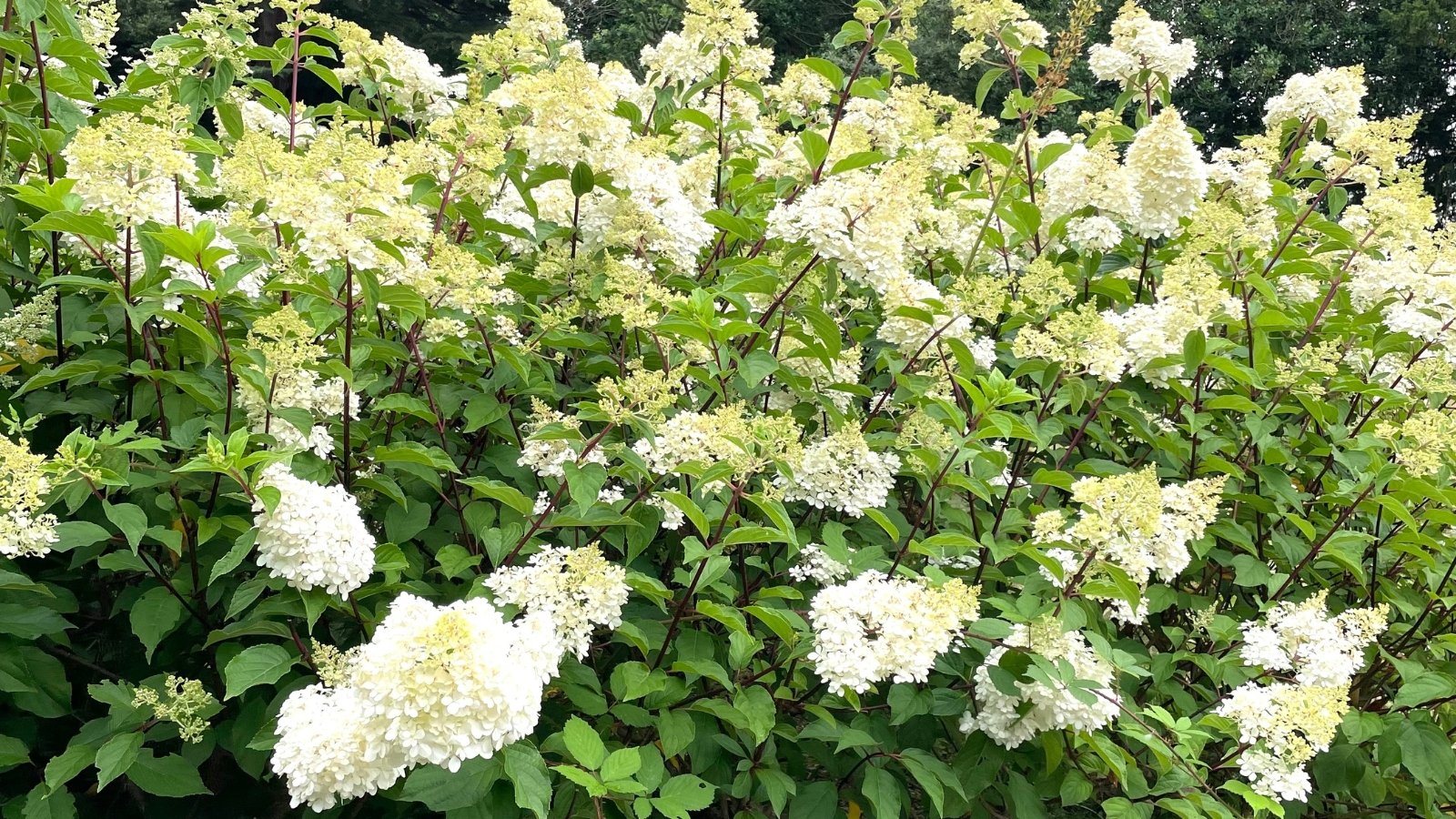 Constant blooms offer months of cheerful white and green.
Constant blooms offer months of cheerful white and green.This dwarf hydrangea tree produces so many blooms that they engulf the plant! You won’t be able to see the leaves underneath, and your entire tree will resemble a puffer fish. The white bloom panicles last for many months, and new white flowers emerge from the tips when the old ones begin to fade.
As the old blooms fade, they turn from white to lime green. The contrast between the old green flowers and the new white ones creates a show in the home landscape. Scatter a few Puffer Fish® around the yard for bursts of white and green color, or use them in pots as focal points near walkways and doorways.
For best results, give your trees plenty of direct sunlight and consistent moisture. Ensure their roots stay moist, but not soggy, throughout the warm months.
Tiny Quick Fire®
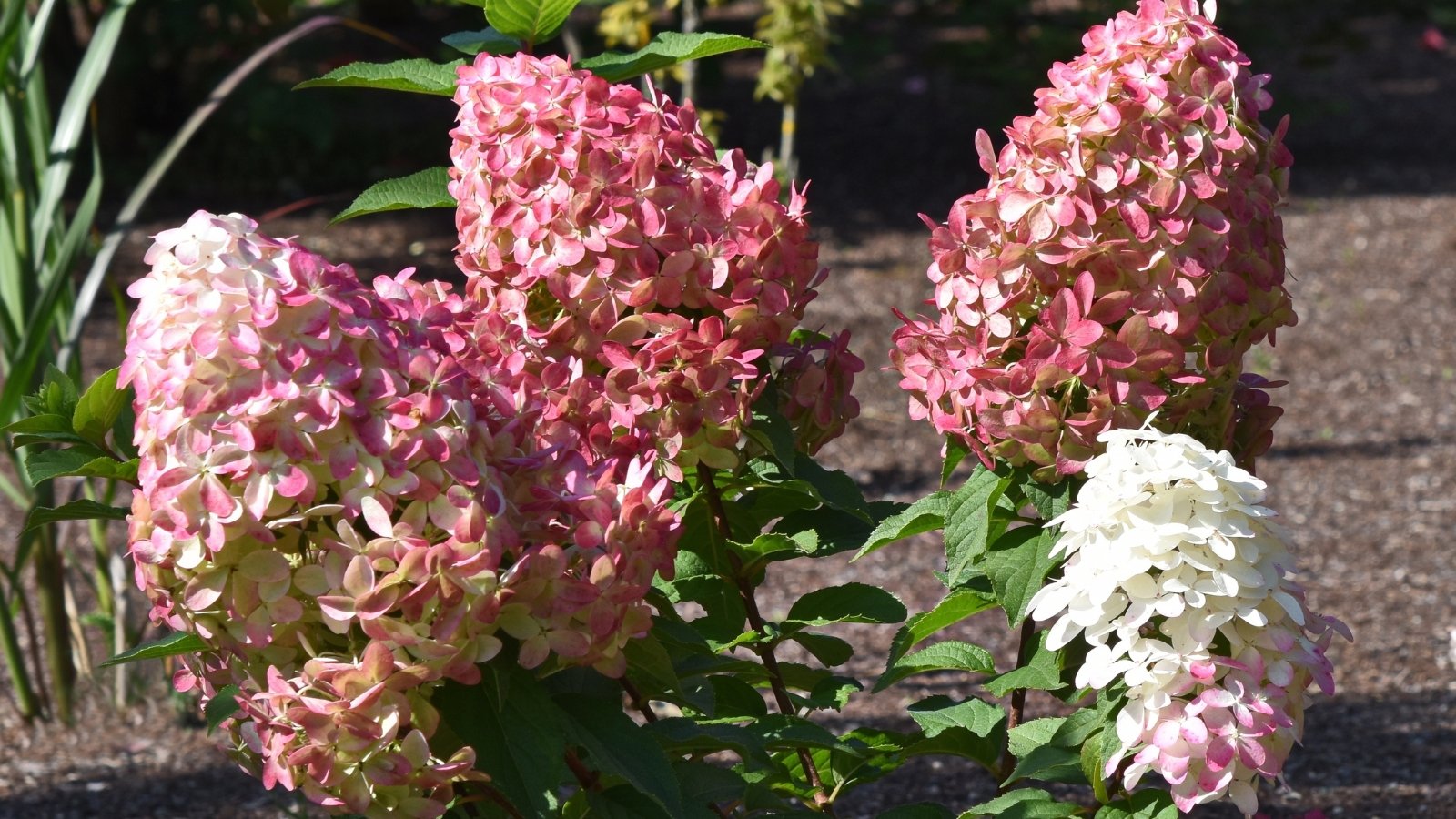 Tiny stature makes winter protection a necessity.
Tiny stature makes winter protection a necessity.Like Little Quick Fire®, Tiny Quick Fire® is a dwarf selection of Quick Fire®. It stays under three feet tall in maturity, working well as a tree in the ground or a container. Nurseries often graft varieties like this one onto other taller types to extend their height.
Because of its small stature, this hydrangea requires extra protection during the winter in cold climates. Cover the top growth with frost cloth on cold nights, ensuring the edges reach down to the soil. Make sure they stay put, and use rocks or stones to weigh them down.
In the morning, remove the frost cloth and expose the tree to sunlight and warmer temperatures. If the temperature stays below freezing during the day, leave the cloth on until the weather warms again.


 1 day ago
4
1 day ago
4
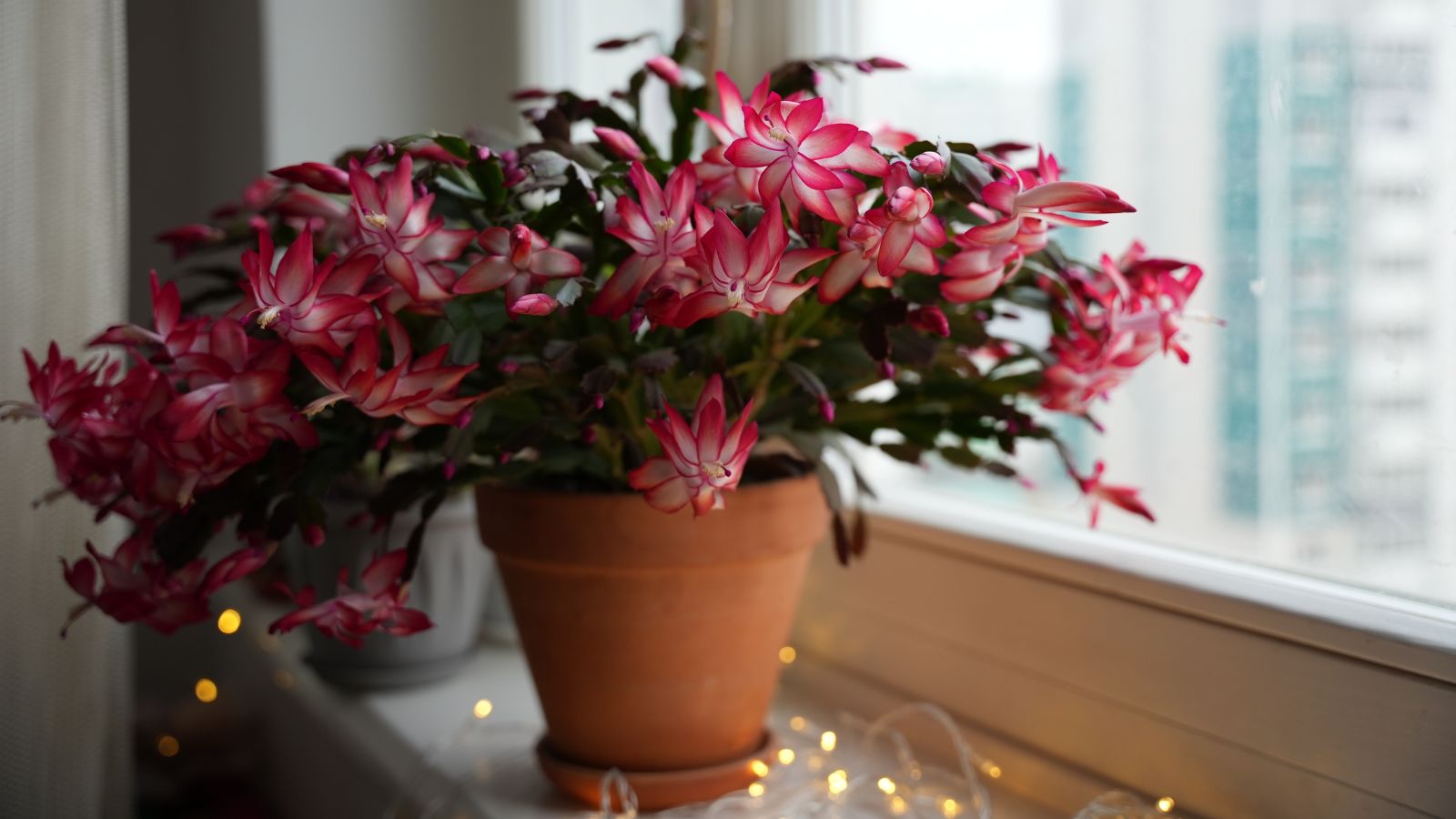
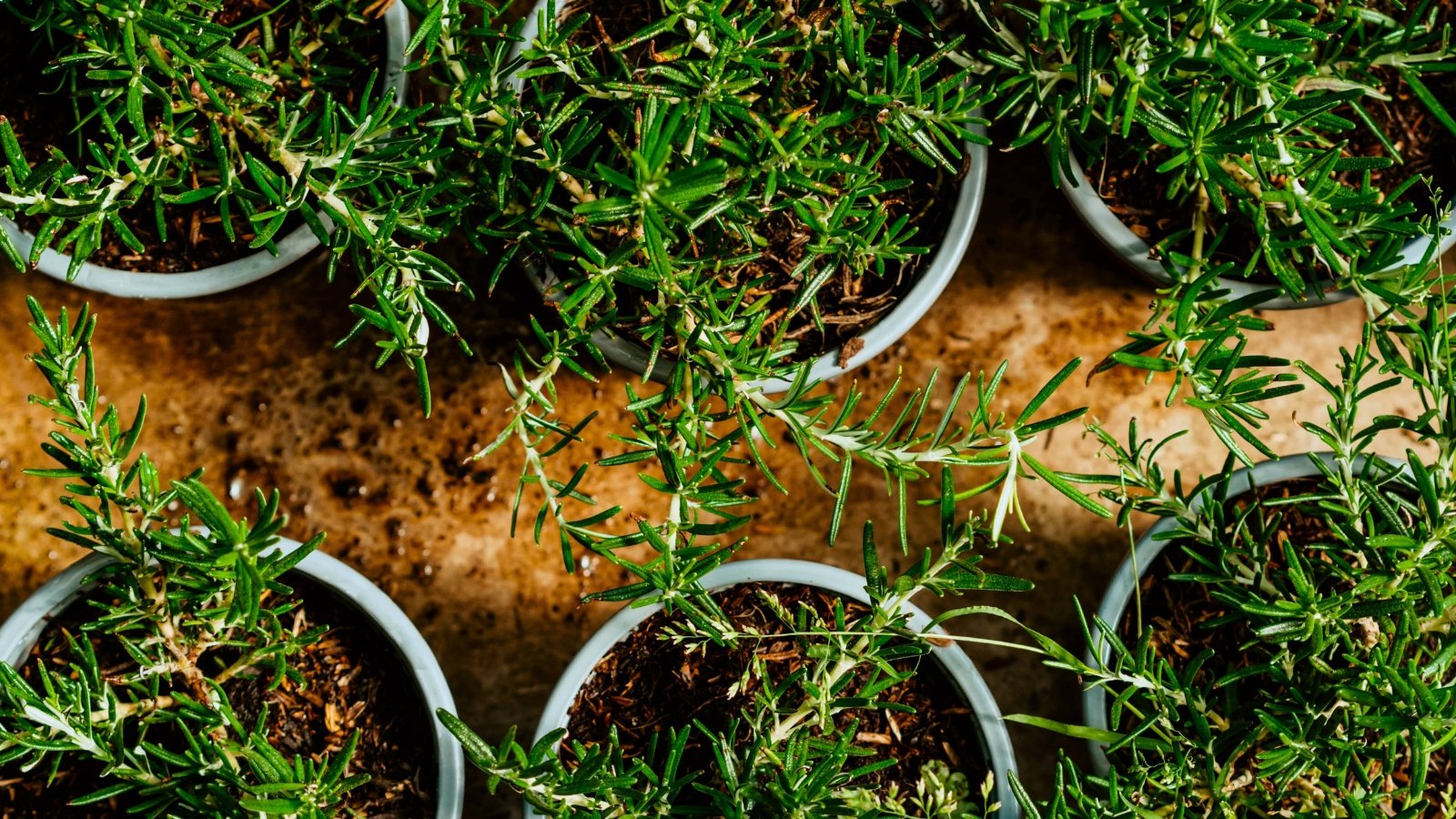
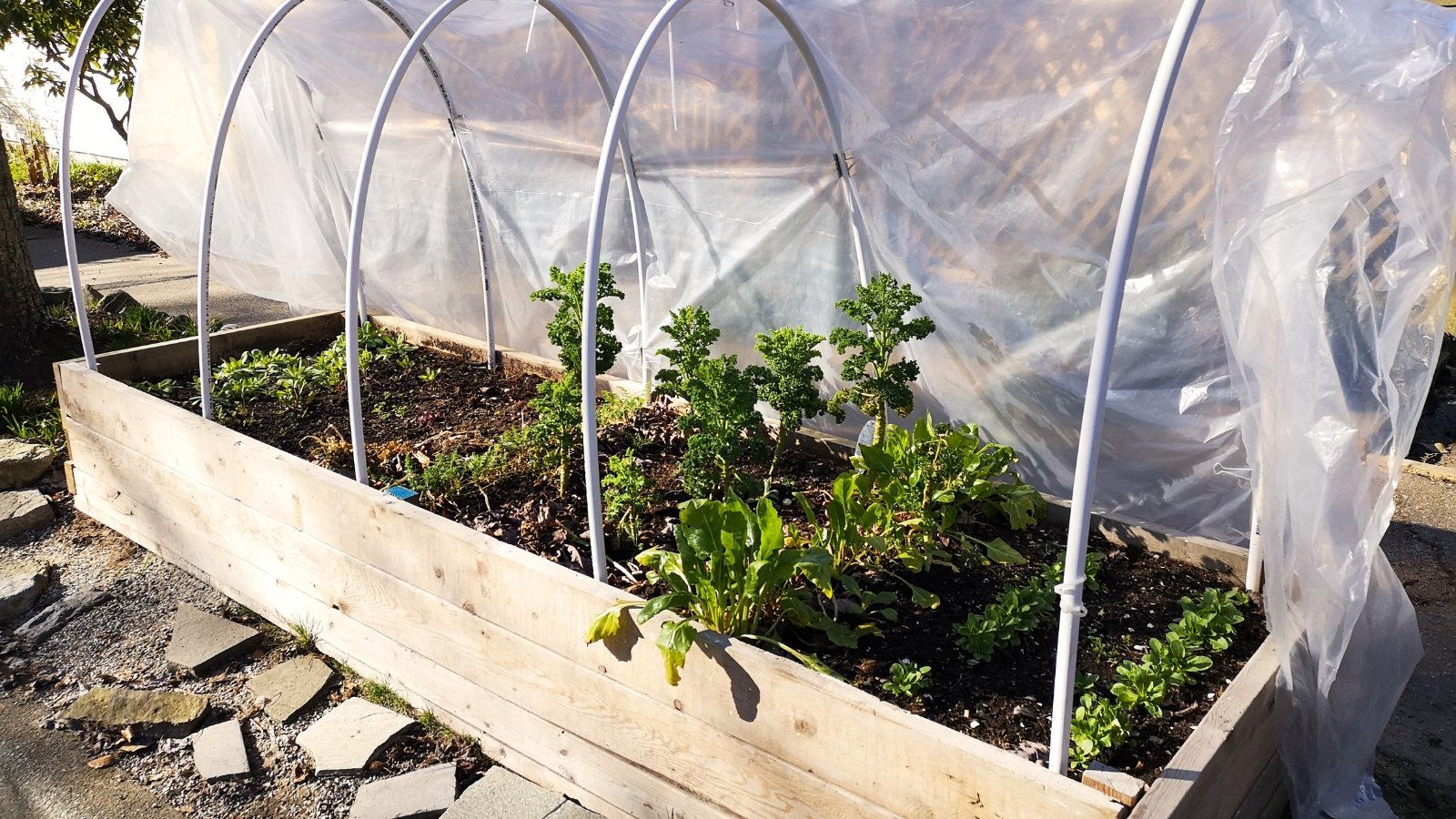


















 English (US) ·
English (US) ·  French (CA) ·
French (CA) ·